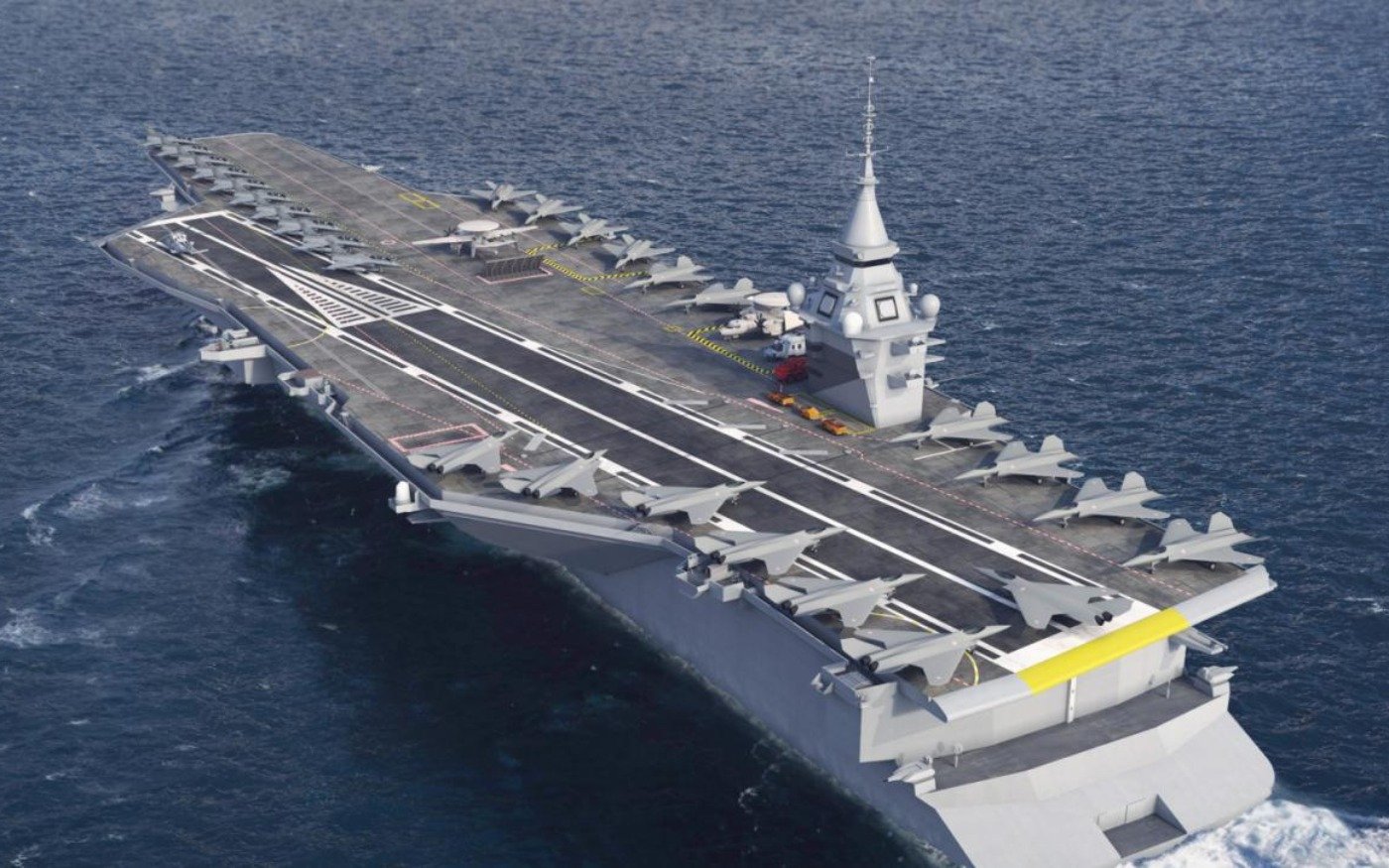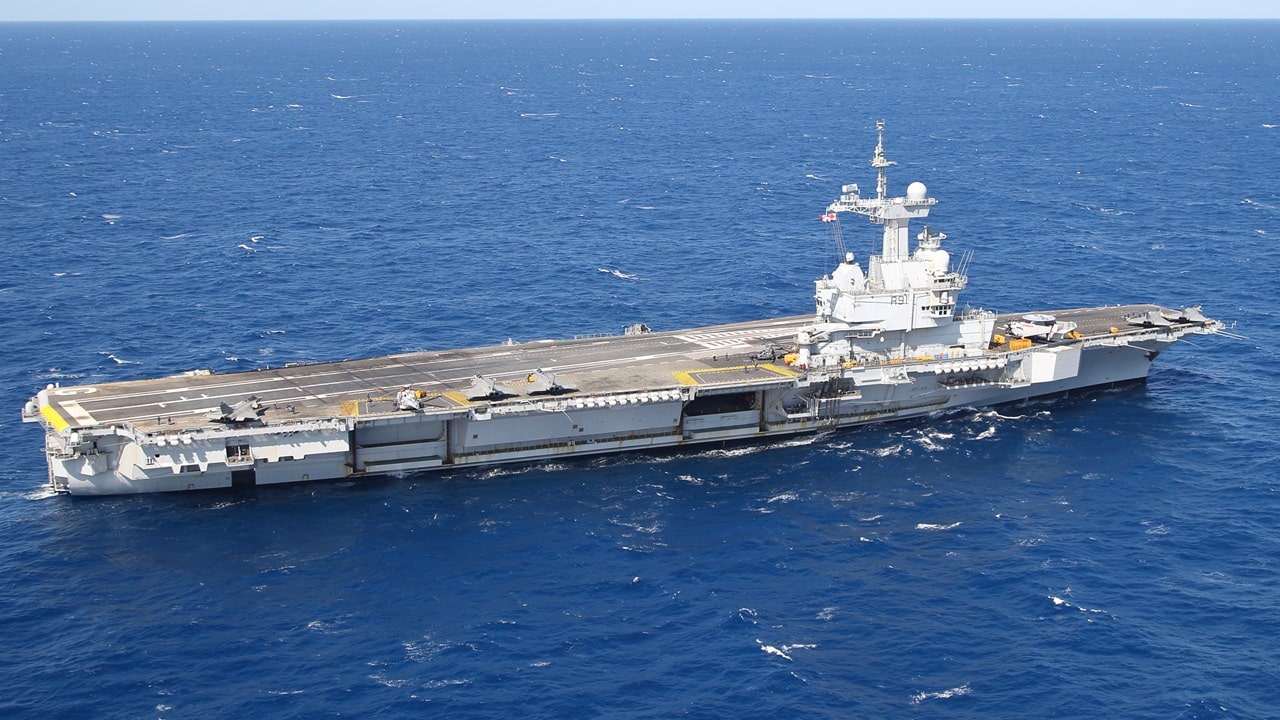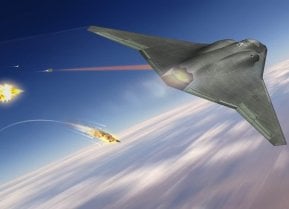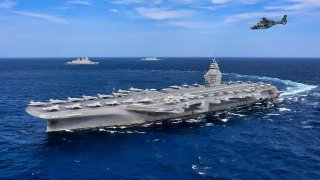Why France's New PANG Aircraft Carrier Is a Strategic Misstep
France is building its first new aircraft carrier in decades, the PANG (Porte-Avions Nouvelle Génération), designed to replace the aging Charles De Gaulle. Set to be one of the largest carriers globally, the PANG will boast an impressive airwing and advanced defenses.
Summary and Key Points: France is building its first new aircraft carrier in decades, the PANG (Porte-Avions Nouvelle Génération), designed to replace the aging Charles De Gaulle. Set to be one of the largest carriers globally, the PANG will boast an impressive airwing and advanced defenses.

-However, given France's current economic challenges and strategic needs, investing in such a colossal project seems misguided.
-France's real threats lie in Russia and the Greater Middle East, where cheaper, unmanned underwater vehicles, submarines, and advanced technologies like hypersonic weapons and military space capabilities would be more effective.
-The PANG may symbolize power, but it doesn’t address France's strategic priorities.
France’s New PANG Aircraft Carrier is a Bad Idea
France is the most recent medium-sized power to pursue building a massive nuclear-powered aircraft carrier. Under the acronym of PANG, which means “Porte-Avions Nouvelle Génération,” France is building its first new indigenous aircraft carrier in decades.
It is designed to replace the aging French carrier Charles De Gaulle. The French Navy intends to create one of the largest warships ever built by France.
An Unnecessary Expenditure for France
With a length of 310 meters and a width of 85 meters at its widest point, the PANG will be one of the largest aircraft carriers in the world. She’ll displace approximately 75,000 tons, which is far larger than the Charles De Gaulle, which displaces 42,000 tons.

Never mind that the French, with their current economic woes and domestic political instability, are unlikely to actually build this monstrosity. Egos must be stroked. And the French must remind everyone that, many centuries ago, they were a dominant imperial power.
The French Navy plans on building only one PANG aircraft carrier, which will also serve as the flagship of the French fleet. It will undoubtedly be interoperable with the wider NATO naval capability.
PANG’s Airwing
PANG’s airwing will be substantial, with the carrier expected to carry up to 30 new-generation maritime variants of France’s New Generation Fighter aircraft and remote carrier vehicles, all of which are part of the Future Combat System, or FCAS. As I’ve written elsewhere, Europe’s FCAS is the most promising of the sixth-generation warplane systems being developed by the world’s great powers, if only because of the many countries burden-sharing to build this system.
Besides these new systems, the PANG will host an undisclosed number of Dassault Rafale M multi-role fighter aircraft, E-2D Hawkeye airborne early warning and control aircraft, various helicopters, and other unmanned aerial vehicles.
Specifications of the PANG Aircraft Carrier
France’s proposed PANG carrier will have a crew of around 2,000 personnel, including aircraft engineers to undertake repairs onboard that would normally be done by the manufacturer.
PANG is expected to be delivered to the French Navy in 2037 and will be made operational by the French Navy a year later, at which point the ancient Charles De Gaulle will be retired from service.
According to specifications, the PANG will be equipped with advanced defenses, including the SeaFire radar system and a variety of satellite communication systems. The carrier will also have a catapult-assisted take-off but arrested recovery (CATOBAR) system, which will allow the onboard aircraft to launch from the deck using electromagnetic catapults, and to land using arresting wires.
As for her weapons, the PANG will be armed with a variety of advanced missiles, including the Aster 15 and Aster 30 surface-to-air missiles, the Exocet MM40 Block 3 anti-ship missile, and the SCALP naval cruise missile. The carrier will have a range of other defensive systems, including the Sylver A50 vertical launch system.
A Fundamental Mismatch of Resources and Needs
It's true that the PANG represents a significant leap forward for the French Navy. If constructed according to her designs and the preferred timeline, the PANG carrier will provide a powerful and versatile platform for projecting sea-based airpower across the globe.
Of course, to what end is a question that few in Paris apparently dare to ask.
Even more so than Britain, France is a European power. Its problem set and the threats it currently faces derive from Russia to the east and the Greater Middle East to the south.
Sure, an aircraft carrier can help deal with terrorism issues in the Greater Middle East, but what can it do against Russia?
More important, as evidenced by the French experience fighting in Mali, no amount of firepower will assist the French in winning back North Africa. It goes deeper than mere firepower. Their problems in that part of the world are cultural, historical, and ideological.
As a medium power, France should instead be focused on building their fleet of cheaper, unmanned underwater vehicles, as well as submarines and possibly destroyers. And if Paris really wanted to get ahead of the rest of the advanced militaries of the world, they’d focus on military space issues as well as developing hypersonic weapons capabilities.
An aircraft carrier, like the proposed PANG, may make them feel like a great power again. But it won’t actually make France a great power again.
Author Experience and Expertise: Brandon J. Weichert
Brandon J. Weichert, a National Interest national security analyst, is a former Congressional staffer and geopolitical analyst who is a contributor at The Washington Times, the Asia Times, and The-Pipeline. He is the author of Winning Space: How America Remains a Superpower, Biohacked: China’s Race to Control Life, and The Shadow War: Iran’s Quest for Supremacy. His next book, A Disaster of Our Own Making: How the West Lost Ukraine, is due October 22 from Encounter Books. Weichert can be followed via Twitter @WeTheBrandon.
All images are Creative Commons or Shutterstock.
From the Vault
Russia Freaked Out: Why the U.S. Navy 'Unretired' the Iowa-Class Battleships
Battleship vs. Battlecruiser: Iowa-Class vs. Russia's Kirov-Class (Who Wins?)


